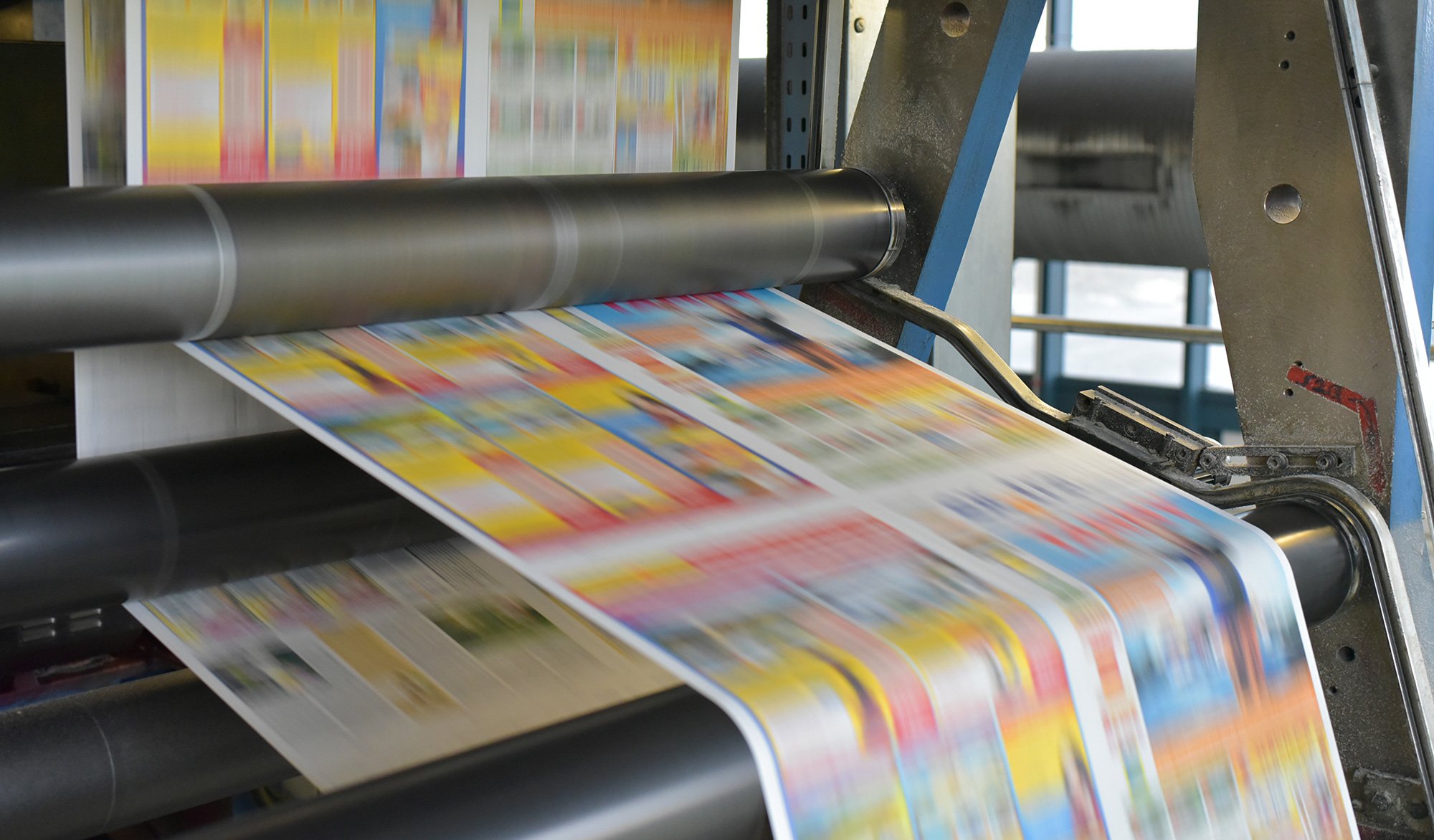Personalization powers performance. This has been one of the primary truths of direct mail marketing for years.
As early as the 1970s, savvy direct marketers would build incredibly detailed profiles of their customers based on magazine subscriptions. They’d use those to create customized campaigns and send extremely targeted offers, with fantastic results.
At that time, print was still a primary source of communication and entertainment, and most of the population subscribed to at least one or two magazines, as well as local and national newspapers. Combined, these provided a highly detailed cross-section of someone’s interests, political leanings, and even personality.
Such messaging is customized to individual users, and often blows response rates off the chart. However, to distribute these messages, marketers need modern, cutting-edge tools they can personalize at scale.
Today, customer insights have gone digital, and magazine subscriptions have been replaced with social media. Marketers now have access to unprecedented levels of data that can be used to create highly personalized content across all channels, both online and off.
In the direct mail industry, these include state-of-the-art digital printers specializing in high-speed variable data to drive incredible responses and return on investment (ROI).
Before this technology was available, modifying design versions was a labor- and time-intensive process involving manual setup and costly plate and lot charges. Now, you can reduce the number of versions to a minimum and add variables to achieve greater customization, with shorter cycle times, and no extra fees.
Here’s a useful explainer breaking down variable data printing, its benefits for organizations of all sizes, and what you need to get started.
What Is Variable Data Printing?
Variable data printing, or VDP, is a highly customizable form of digital printing enabling marketers to create personalized messages for specific individuals, at scale, without halting the process. Its software pulls images, copy, or other elements from a database and dynamically inserts these into a direct mail design based on pre-set variables such as gender, location, marital status, buying history, or donation history, to name a few.
All of this happens at high speed during the printing process, which makes it possible to customize every single message—even in extremely high-volume runs. This facilitates extraordinary personalization, which enhances marketing performance.
Using Personalization to Improve Performance by More Than 1000%
It’s an adage in the direct mail industry that personalization improves performance, but recent studies have shown that the sky is truly the limit regarding response and ROI. In fact, a study by the DMA shows that using three points of personalization or more improves response by more than 1000%.
Imagine what your next direct mail campaign would look like if your response rates improved by even 100% or 200%! The return on your investment would be staggering.
How Will Variable Data Printing Work for You?
When our clients hear about the benefits of variable data printing, they often remark along the lines of “This won’t work for my organization” or ask “Has this been tested in my industry?”
Variable data printing is effective for any company that works with direct mail regularly—and many that don’t—regardless of size, revenue, or industry.
Anyone will respond better to a message that is highly relevant to their needs, wants, and desires. At the same time, consumers tend to tune out mass marketing messages that don’t target them specifically.
As organizations increase their abilities to channel customer data into meaningful insights, personalization will improve across all channels—online and off. It’s just a matter of time before it’s an industry standard, and anyone who ignores the trend will be left behind.
Get Started With VDP by Running a Small Test
Fortunately, today is a fantastic time to get started with variable data printing, and it’s not as difficult as you’d think. This technology has been around long enough to prove its value, yet new enough to provide a significant edge for many organizations, especially those in extremely competitive markets.
It is not advised to immediately allocate your entire budget to variable data programs, but conducting a small, statistically significant test is a great way to start. A solid rule of thumb for most of our clients is to set aside 10% of their direct mail budget to test VDP, then let the results do the talking. Doing so enables you to see results while avoiding risks typically involved with trying something new and unproven in your organization.
How Much Does Variable Data Printing Cost?
Another common question we hear from clients is, “Won’t this increase my marketing costs?” The answer is simply: “It depends.”
It’s true that when compared side by side, a run of 100,000 highly customized variable printing pieces will be more expensive than a static run of the same volume. However, the ROI is almost always much greater, which more than recoups the higher initial investment.
There are also many ways to creatively manage campaigns to make room for tests while adhering to a strict marketing budget. You might reduce the frequency, utilize a lower-cost format, or mail to a smaller list—all temporary measures to test. Whenever our clients see the results from variable data printing, they most always vote to continue. This underscores the importance of starting today.
While every situation is different, a general guideline is that a variable data campaign averages 10% to 15% more expensive than a standard campaign of comparable volume. Remember: This investment will come back to your business very quickly as you see the benefits of improved responses.
Formatting Your Data for VDP
Once your marketing team is on board, the biggest step to getting ready for a variable data printing campaign is to gather and format the campaign data. For example, to create three or more points of personalization, you need at least three meaningful pieces of corresponding data for each customer, along with corresponding designs.
Oftentimes, you’ll already have enough data regarding recipients’ gender, addresses, or recent purchases to start a campaign, but this still must be exported to your printer in the correct format. You can also purchase pre-formatted lists, but it is always best to market to current customers, who are often your best prospects for new business.
If this is something you’re still struggling with, contact us. An experienced partner will help you format your data and create a campaign for your unique goals and situation.
Personalization Is the Way of the Future. Get Started Now.
When we look back in five, 10, or 15 years, it will be clear that variable data printing is more than a short-term fad. Rather, it’s a revolutionary new technology transforming the direct mail industry, and will continue to do so until it’s used by every major brand or company that invests regularly in direct mail.
Time is running out to get ahead of the curve, but you can still get started before the trend passes you by. It’s time to dive into your customer data, get organized, and begin creating targeted, personalized messages that will excite your audience. If you have any questions or want to discuss how to maximize variable data printing for your company, fill out the form below to contact one of our direct mail professionals and learn the most effective techniques to leverage this game-changing technology.
Contact Design Distributors today to stay ahead of direct marketing trends and utilize the latest innovations in variable data printing.










